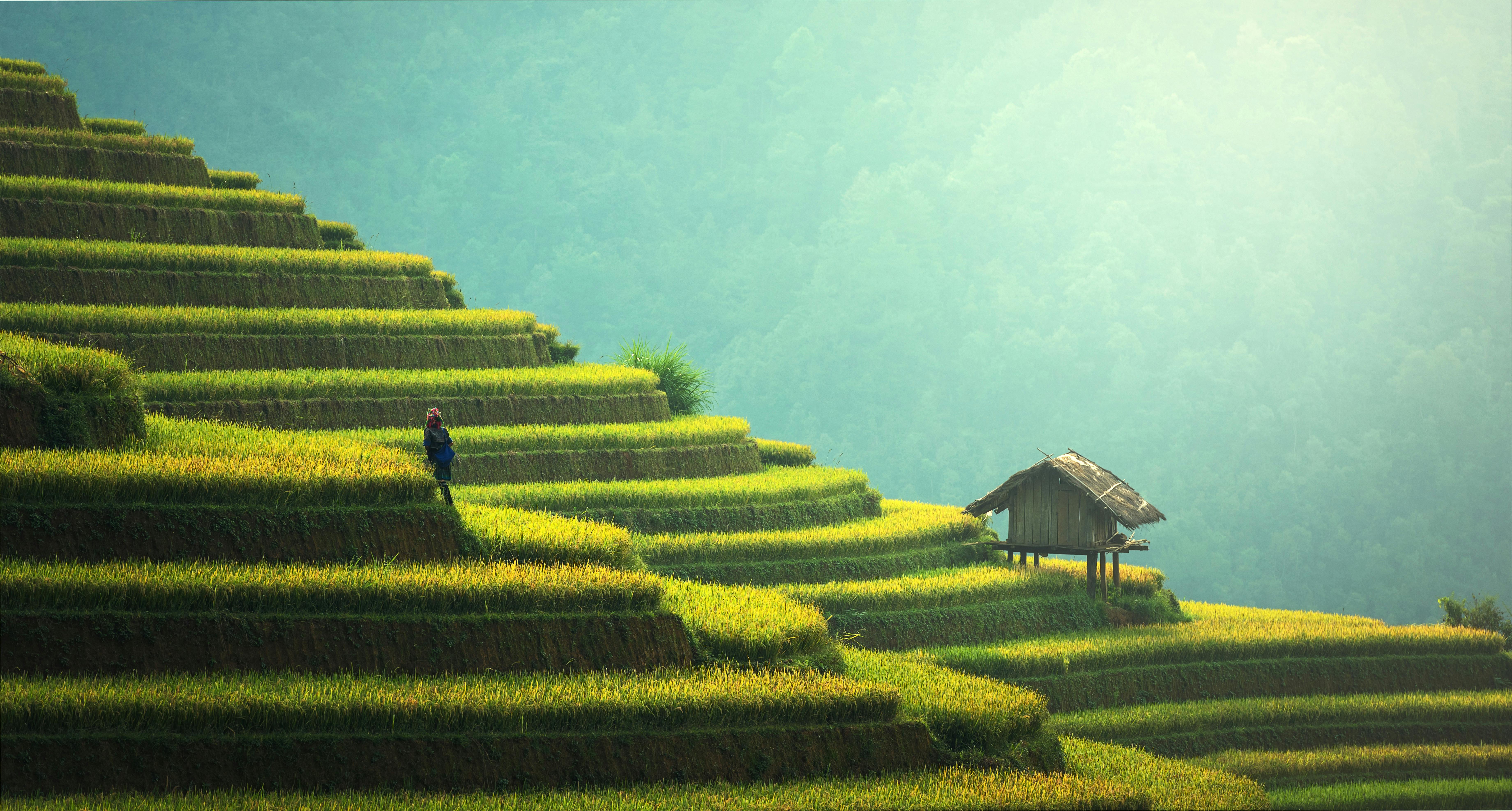Jamaica’s Luminous Lagoon – A Natural Wonder
What exactly is a bioluminescent dinoflagellate (dy-no-FLAH-juh-luht) and why should you really care? Well, if you’re in Montego Bay (20 minutes), Ocho Rios (45 minutes), or Falmouth, you don’t want to miss this!
What we most often call “phosphorescence” is more accurately known as bioluminescence. This stands for living (bio) light (luminescence). Dinoflagellates are tiny organisms that live in the sea and get energy from sunlight during the day (think solar lights or fireflies). When it’s dark, they emit an eerie glowing blue-green light if there’s any movement in the water.
The places where these critters thrive are called “bioluminescent bays.” There are only 5 or 6 of them left in the world, and you can have the thrill of seeing one of them in Jamaica! One of the world’s largest concentrations of these bioluminescent microorganisms, and one of the brightest, is found at Glistening Waters (also known as Luminous Lagoon) in Rock, Falmouth, Jamaica.
Glistening Waters is located on a mangrove-fringed lagoon, where the warm fresh waters of the Martha Brae River collide with the salty waters of the Caribbean Sea. Apparently, the roots and fallen leaves of the mangroves decompose and the resulting bacteria produce vitamin B12, an essential nutrient for dinoflagellates. Because the bay is shallow, the evaporation rate is high; surface water becomes saltier and sinks to the bottom. This heavier water moves out to sea, leaving thousands of our little creatures on the surface of the water.
I think it is one of the most spectacular sights to see in Jamaica. It’s hard to describe and even harder to photograph! I was there in May of this year, but the photo you see on my site is from my visit about two years ago. It’s not great, but it will give you an idea of how light shines on the water.
This would also make a nice romantic date! You can enjoy dinner at Glistening Waters’ charming waterfront restaurant and follow it up with a boat ride, or just do the boat ride on your own. Your boat will hold about 30 people and there are multiple boats. Our guide was Jerry who has been at Glistening Waters for a long time. He is funny and is a wealth of information about the lagoon and its surroundings. Jerry will take you to the lagoon, rev up the outboard motor, sing to you and move around the water to surprise you with the beautiful sparkling light. He looks like shiny pixie dust. He runs his fingers and hands through the water and creates his own shimmering blue-green ribbons. The boat will stop and allow you to enter the water, so don’t forget to wear something to swim with. I didn’t get in the water, but everyone seemed to love it!
Jerry says that you can fill a bottle with water, shake it, and the light in the water will last for five days. Next time I’ll bring an empty water bottle! And check out the fish moving in the water – they look like moving stars! Spectacular!
Glistening Waters is a truly amazing experience. Obviously, it can only be done at night. The first time I did it, the moon was full. This time I planned it for a moonless night and the light was MUCH brighter. If your day was bright and sunny, the light at night will be brighter. And according to Jerry, it’s even better to go out on a rainy night. Every drop of rain creates color in the water. Conceived!
I paid US$20 each for the tourists and J$800 (about US$9) for the locals in my group. Be sure to ask for local fare if you’re bringing your friends with you. The tour lasts 30 to 45 minutes. Glistening Waters is open daily and boat tours start at sunset. None of my Jamaican friends had ever been to Glistening Waters and they absolutely LOVED it!
Puerto Rico has a couple of bioluminescent bays, and there may be another two in Indonesia and Mexico. There used to be more. Those in Hawaii and the Bahamas went bankrupt when they widened the bay’s openings to the sea, reducing the dinoflagellate population. Others in the Caribbean have been lost to industrial or shipping pollution, clearing of mangroves for charcoal, runoff from overgrazing cattle in nearby fields, and increased artificial lighting, which reduces the luminosity of the phenomenon. Falmouth Harbor (nearby ) is currently being expanded to accommodate large cruise ships. Let’s just hope it doesn’t ruin this natural wonder.
Visit the Glistening Water Restaurant and Marina website. Go see it; you will not regret!
